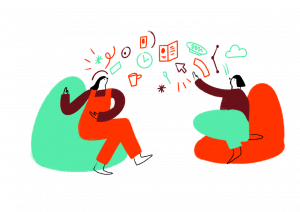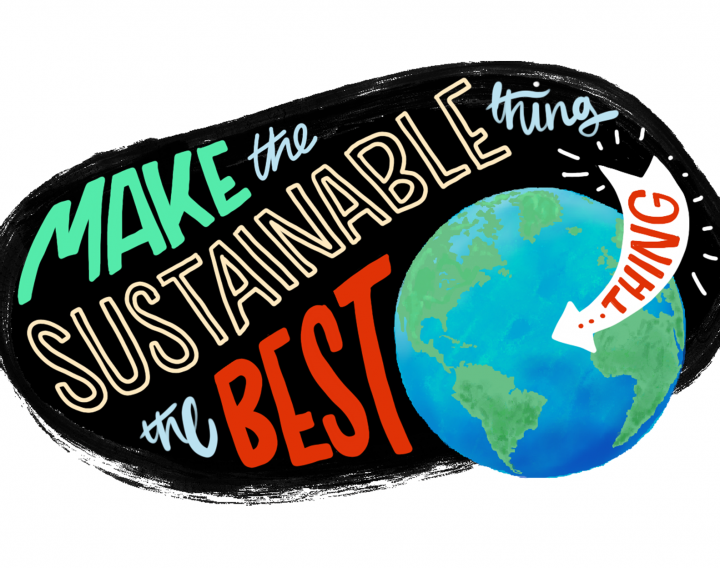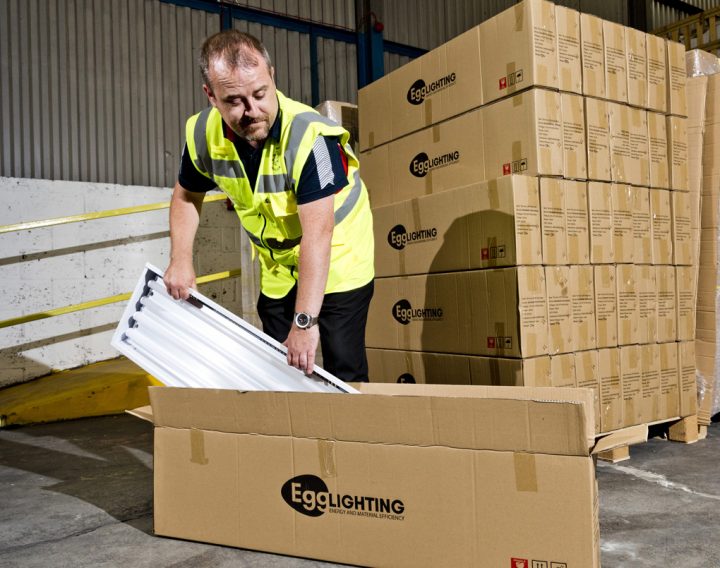Snook recently held a Service Design — Ask Me Anything! session to celebrate Service Design Day, on the theme of “Do Good — Give Back”. Over 70 people joined us on Zoom for this interactive and inspiring session.
We had some really interesting questions in the room, and have decided to share our answers in our newsletter. However the newsletter was quite long and very fruitful, some folks requested if it could be a blog post so they could share it, so here we are!
There are four ‘Service Design Day — Ask Me Anything!’ posts, we will share them all over the next few weeks.
- Transitioning careers
- Seldom heard voices
- Stakeholders buy-in
- Planet-centred design
A huge thank you to everyone who came on the day and asked so many fantastic questions! Lets dig into the questions
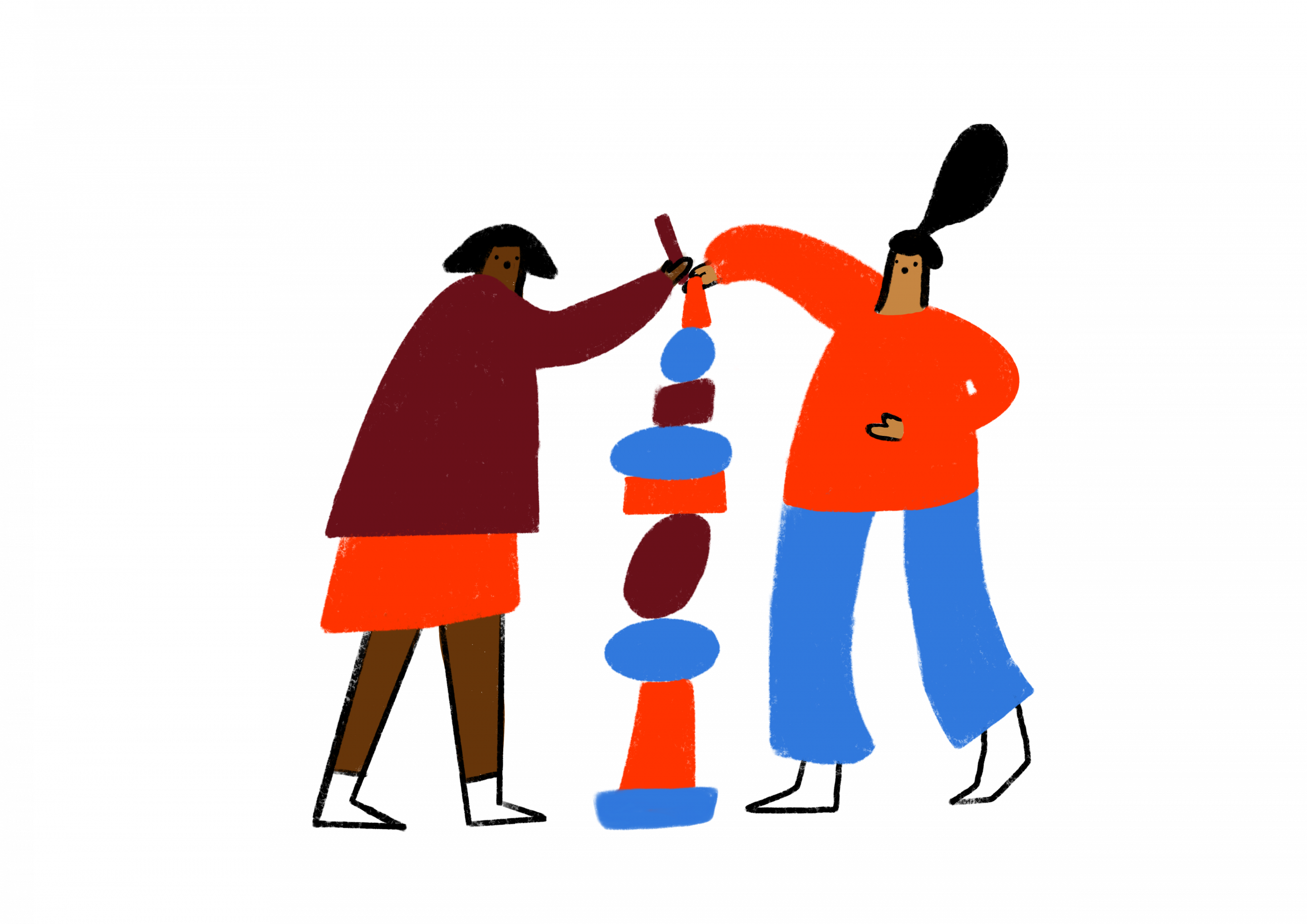
What advice do you have on transitioning into a career in service design?
Our service designers come from a mix of different disciplines. Some have a University degree in a related discipline such as graphic design, product design, psychology or literature. Some have experience in other areas, and translated their value & expertise from another discipline into the Service Design space.
One of our fantastic service designers, Natalia Riley, shares some advice below. Natalia pivoted into service design from an academic background in psychology and a career in communications and marketing strategy. She joined us at Snook at the end of last year.
Make it personal. Think about the services you use and your experiences with them. What works well? What enrages you? What could be better? Your personal story and relationships with the services you use are fertile ground for understanding why you want to make the switch to service design and how to communicate that desire to others.
Learn by doing. There are some great courses out there (including Snook’s and Making Sense of Service Design running in Sept with more launching in new year), that will give you a taster of the methods and lenses through which service designers understand services and systems. Courses such as Acumen’s introduction to Human Centred Design, or UAL’s service design short course for example, as well as The School of Good Services will guide you through your own service design project.
Create a portfolio. A portfolio of service design projects is essential to make the switch. But, these can be projects you’ve undertaken as part of a course, a service design jam or independently. A portfolio is also a great opportunity to showcase other transferable skills such as graphic design or research, both of which are valued in service design. Portfolios can exist in a variety of formats: websites, slide presentations or word documents.
Show, don’t tell. The most important element of a portfolio for someone moving into service design is demonstrating you understand and can implement the UCD process (most commonly the double diamond). Including artefacts from your projects such as photos of field research, diagrams, maps, alongside annotations is a great way to show this. Mentoring platforms such as Mega Mentor are fantastic for gathering feedback on your portfolio, as well as asking a wide selection of service designers questions about their experiences of the field.
Adopt the service design mindset. However, in many ways, service design is a mindset rather than a formalised skill. Familiarise yourself with the language used by service designers and reframe your work in that language. If you’ve done academic research, look at the similarities between your work and the discovery phase in UCD for example. Embed yourself in the community on Twitter or by attending events.
Be relentlessly curious. “I have no special talents,” Einstein wrote to a friend “I am just passionately curious.” Designers are curious in the world around them, be curious in people and places, engage where you can, at events, on twitter, ask questions and make friends not contacts. Write about your learning and share it on Medium or Instagram, in formats you like to express yourself. Service Designers are on the whole a friendly bunch and love to share their knowledge, mentors as above are fantastic, but so are communities like SDN that share contacts, job opportunities and advice. There are lots of talks, meetups and events like London Climate Action Week (Lots of free online events) and constant twitter conversations (see below)
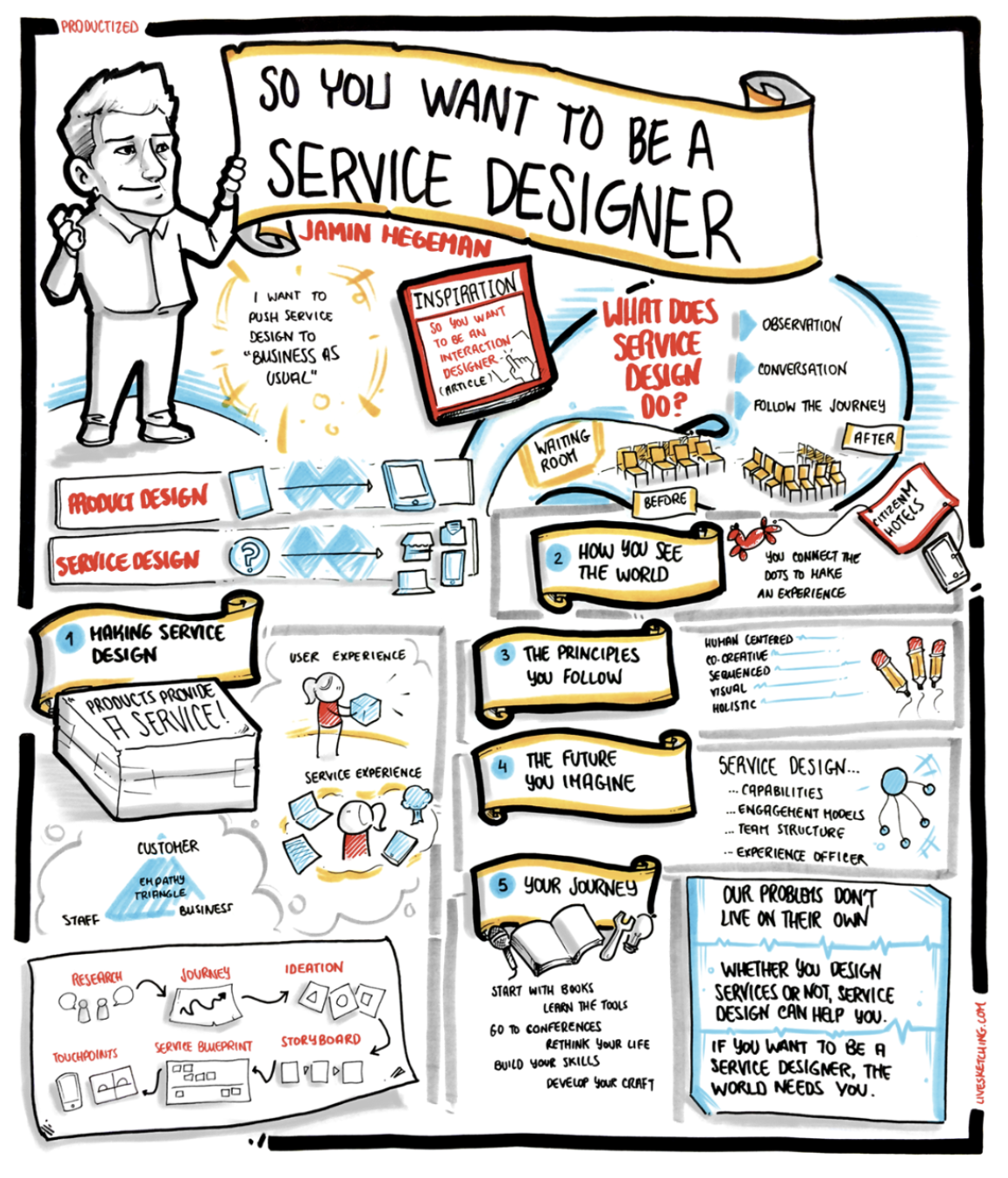
Jamin Hegemans Talk “So you want to become a Service Designer” talk by LiveSketching.com
Some more brain food for the curious
Become a service designer in government step by step
Sūryanāga Poyzer from GDS elaborates on the below list
1- Get Interested in Lots of Things
2 — Learn Some Design Theory
3 — Learn What A Service Is And How To Design One
4 — Make Friends With Other Service Designers
5 — Apply for a Job
6 — Never Stop Learning
Here is a great talk by Jamin Hegeman “So you want to be a Service Designer”
How to Kick Start your Service Design career — The Service Design Show
Some advice from Snook from a past Service Design Day event
Tash Head of Learning Design at Snook learning design has shared a Starter Twitter list for you to follow some interesting folks in the space, collated from lots of great peoples nominations.
— — — — — — — — — — — — — — — — — — — — — — — — — — — — — — — — — — — —
We love to chat! So please say hello. Click on ‘let’s chat’ below for general enquires or email curious@wearesnook.com
If you are looking for jobs, our Job area is the place for you to see our latest vacancies.
If you want to work with us, chat with our amazing New Business team nbd.snook@wearesnook.com
Or simply keep in touch through our socials @WeAreSnook
